Whether the occasional but increasingly frequently seen style of extreme energy saving pack racing on Formula E is judged positively or negatively depends a lot on who you ask.
Ask the fans and you’ll inevitably get split opinion, ask the promoter and TV people and they’ll broadly love it, ask the drivers and you’ll get a pretty cool response. The Race’s writers even had their say on it after the Portland race, which you can read here.
To recap: the extreme energy-saving in the first three quarters of races in Berlin, Sao Paulo and to a severe extent at Portland had several key ingredients, chief being the amount of laps (and therefore mileage) combined with a reduced amount of usable energy (from 40kW to 38kW) since the start of the season in Mexico back in January.
Factor in too that Portland International Raceway had only one ‘hard’ stop for ‘natural’ regenerating of energy (at the Turn 1/2 complex) and it was known well before teams arrived last weekend that this would be the most significant test of how drivers manage their energy so far with the much more efficient and energy-renewable Gen3 cars.
An example of how big the need was to carefully manage energy came on lap two when the fastest lap, set by Antonio Felix da Costa, stood at 1m19.406s.
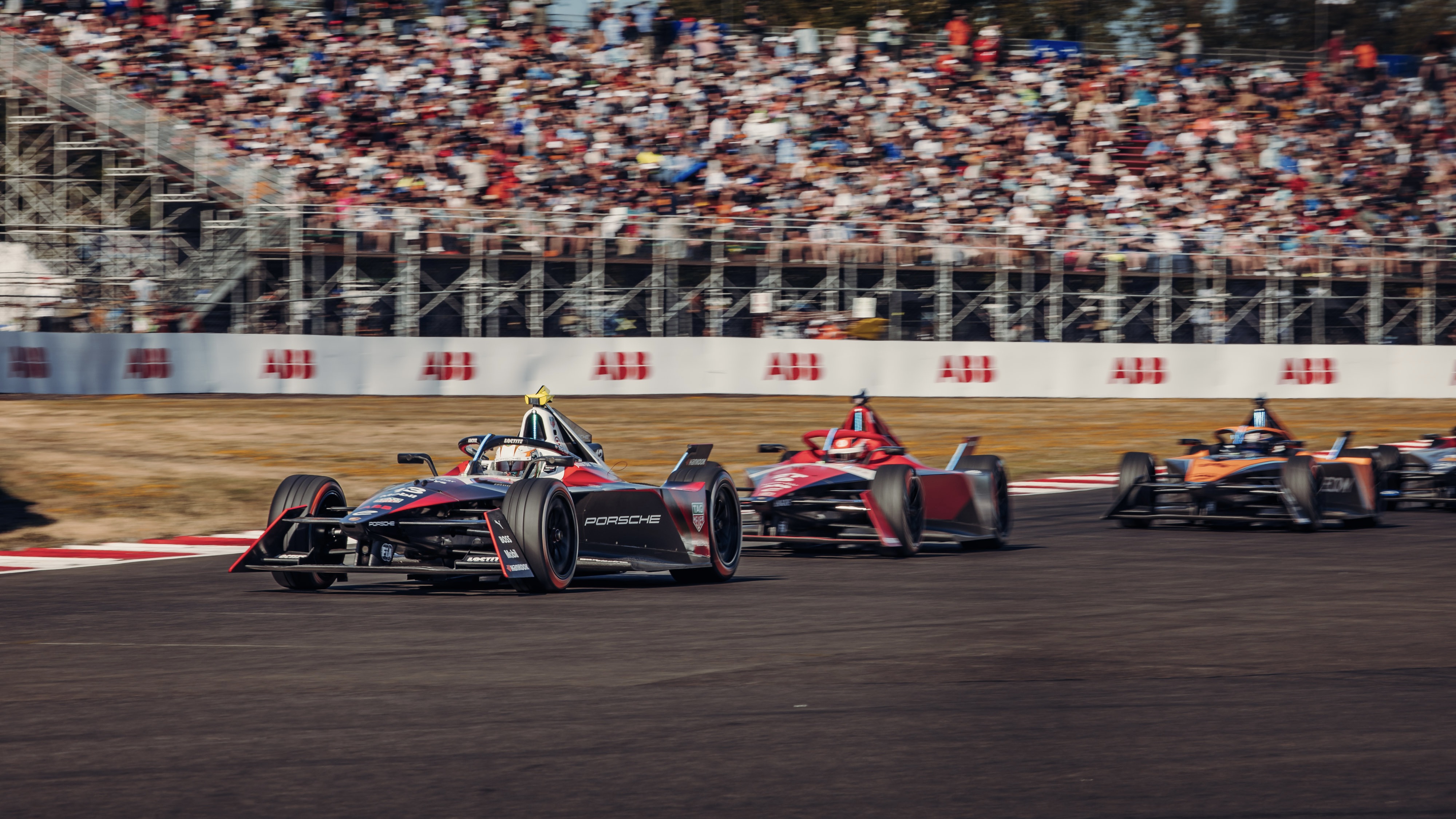
By the time something resembling normal race pace broke out, on lap 22, da Costa registered a 1m12.257s personal best. A deliberate discrepancy of almost seven seconds showcased precisely what was going on in this race.
The jockeying for positions was such that it looked like someone shaking a rug to trigger the whiplash accordion-effect. The effect that had on the pack, which ran at least three-abreast for many consecutive laps, looked pretty sketchy at times.
Jean-Eric Vergne came within a few centimetres of having a huge shunt when he misjudged the lifting and coasting of Edoardo Mortara. The wafer-thin miss of Vergne’s right front and Mortara’s left rear prompted the DS Penske driver to tell The Race that he “felt lucky”.
“It could have been a bad crash,” Vergne said.
One driver told The Race, off record, that the experience of racing in such a pack was akin to “driving at 90mph on a three-lane motorway and, all of a sudden, everyone just stops in front of you and fills every gap width-wise”.
The issues appeared to come from drivers being unable to accurately anticipate when rivals were going into excessive lift-and-coast phases, meaning that a game of “anticipation chicken” was playing out on when to lift and then position cars in the marauding pack.
Drivers are mostly not in favour of such extreme racing. This is because they are mostly unable to judge where to place their cars and, more existentially, it goes against a whole gamut of instincts that they have learned since they first sat in a racing car.
That though should not be an excuse not to have energy management races in the future. It’s just that such an extreme discrepancy in laptime firstly looks a bit lame immediately away from the start line, which should normally be great evidence of how mega Formula E cars are on acceleration instead, and secondly on a road course is simply just too slow.
Consider that Mitch Evans’s fastest lap of the race, a 1m11.216s, was slightly slower than the national junior single-seater USF2000 lap record set by Kyle Kirkwood – sometime Formula E rookie test participant and eventual IndyCar race winner – in 2018.
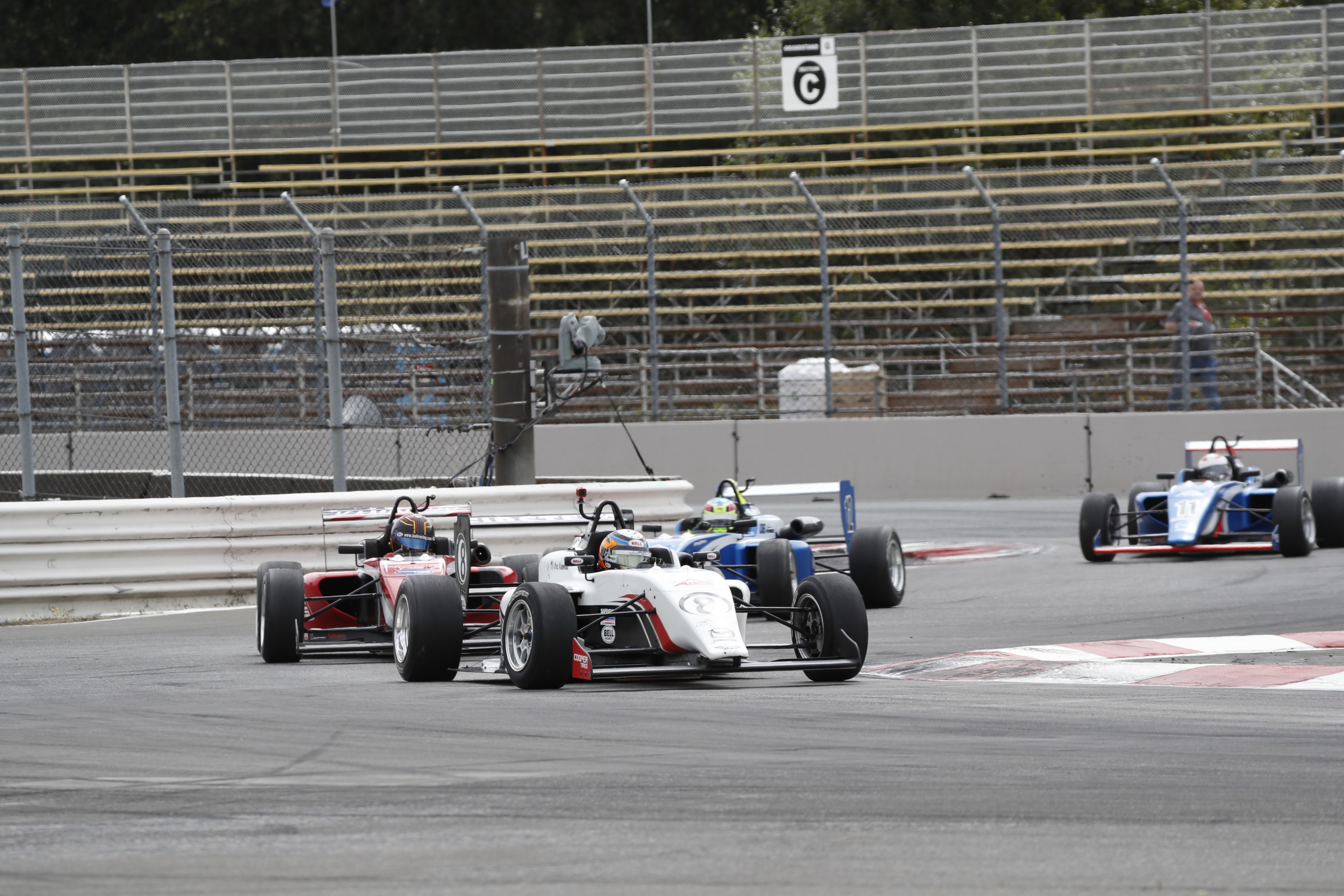
One myth that also needs busting is that anyone can win these races. They can’t. The four most energy-sensitive races in Sao Paulo, Berlin and at Portland have all been won by a Jaguar I-Type 6.
High-energy-saving races do not mix up the order. But clearly on the Portland track it did give those banished to the naughty corner, the DS Penske drivers, and a troubled Evans scope to battle through to the front of the field reasonably easily.
“I would say it’s one single race in the season, and it’s a big challenge for the drivers, for us, and everybody,” Porsche’s Formula E boss Florian Modlinger told The Race.
“It’s really borderline, but you can accept it once per season. But we should not have more races like this in a season.”
Lucas di Grassi, who bagged only his second points finish of the campaign with a fighting seventh position, was generally supportive, telling The Race: “All the drivers, and I agree with them, are saying it’s extreme but I think one event like this, maybe two events like this [per season] is fine.
“It’s part of the show. It’s like Moto3 where you have 12 guys fighting for the lead into the last lap.
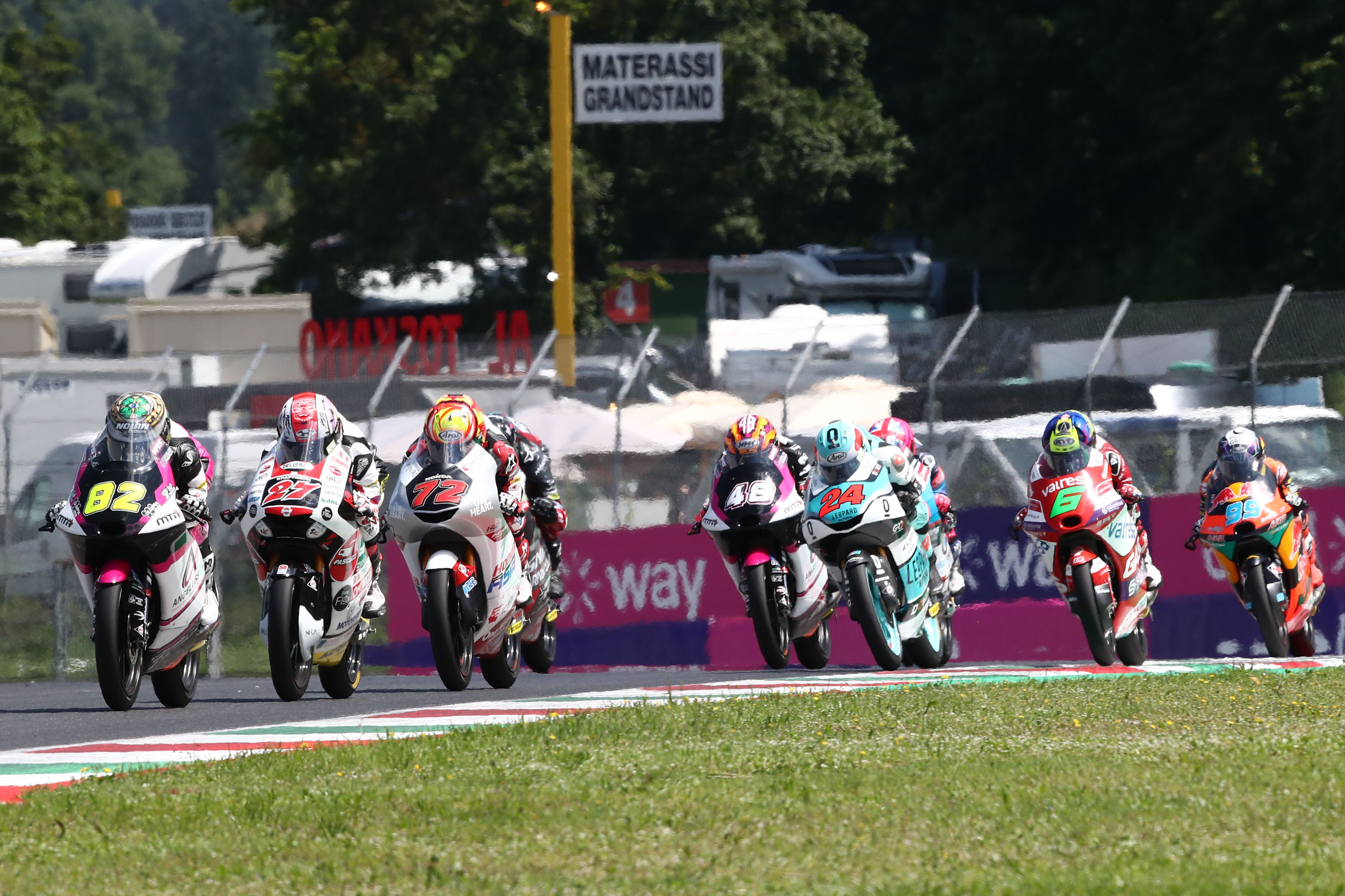
“It is extreme, it is a bit dangerous, but that’s racing.
“So, for me, not having all events like this [is preferable], but one or two is fine. And I think the public liked it, at least on my social media, the race at least got everyone excited.”
Vergne, meanwhile, told The Race that he “absolutely did not” relish such races.
“I hope that we can do something to change this kind of racing because, at least for myself, I don’t really enjoy racing like this. It’s not the kind of racing I know,” he said.
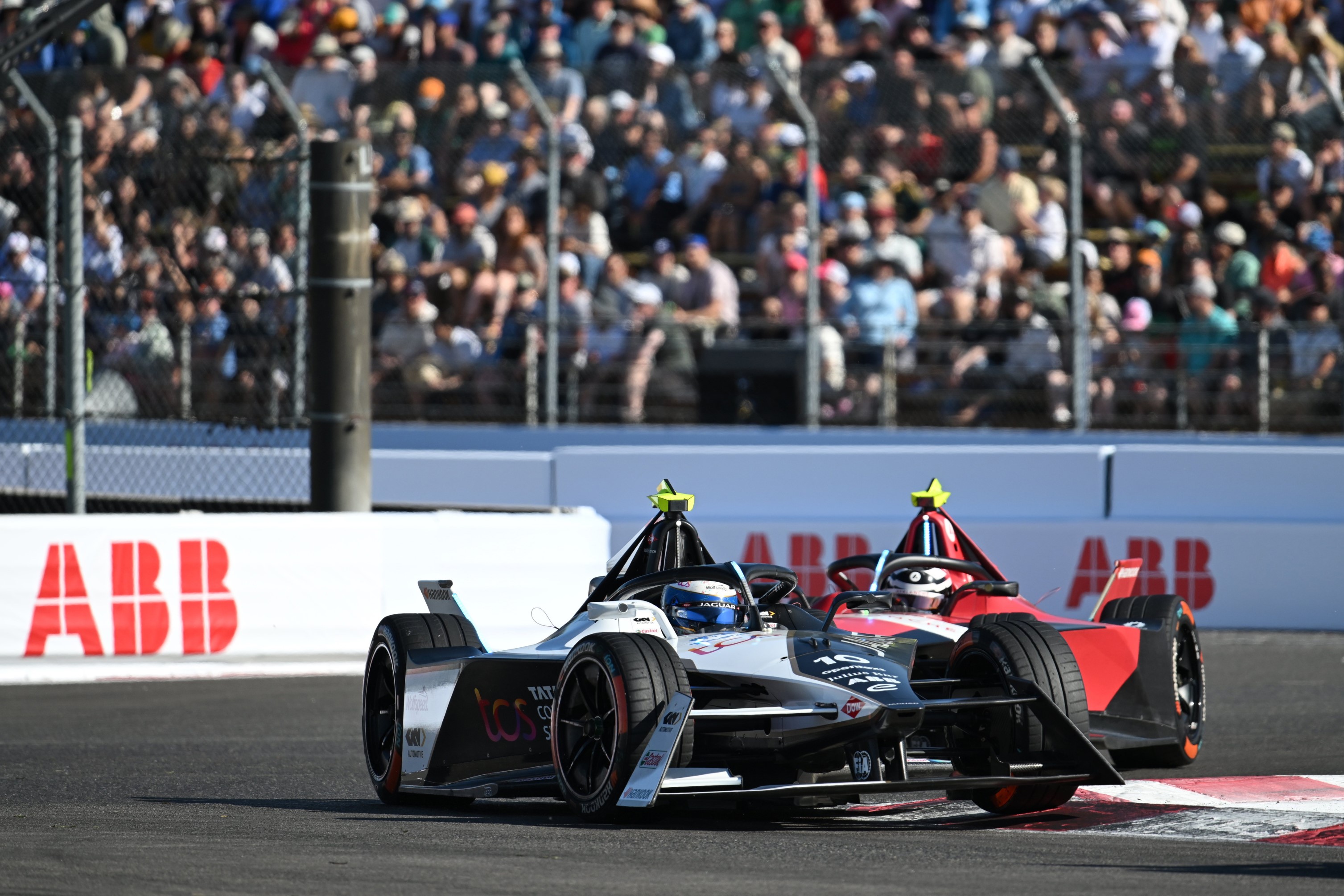
Jaguar’s Sam Bird was of a similar opinion, describing the racing as “insane” but also emphasising that several bullets were dodged on Saturday afternoon.
“Thankfully everybody played quite safe,” said Bird.
“One misjudgement and there could have been an aeroplane crash in that race.
“This track isn’t designed necessarily for Formula E. But I hope the fans enjoyed it, I hope everyone comes away thinking that it was good fun.”
Jake Dennis – despite his multiple podiums in extreme energy-saving races – had some reservations but was largely positive, with a key caveat.
“I think it’s great to watch; it creates all this exciting racing, but it’s just extremely challenging,” said the Andretti driver.
“You spend more time looking in your mirrors than you do looking forwards, you’ve got four or five cars going five-wide. You just need to be very aware of your surroundings.
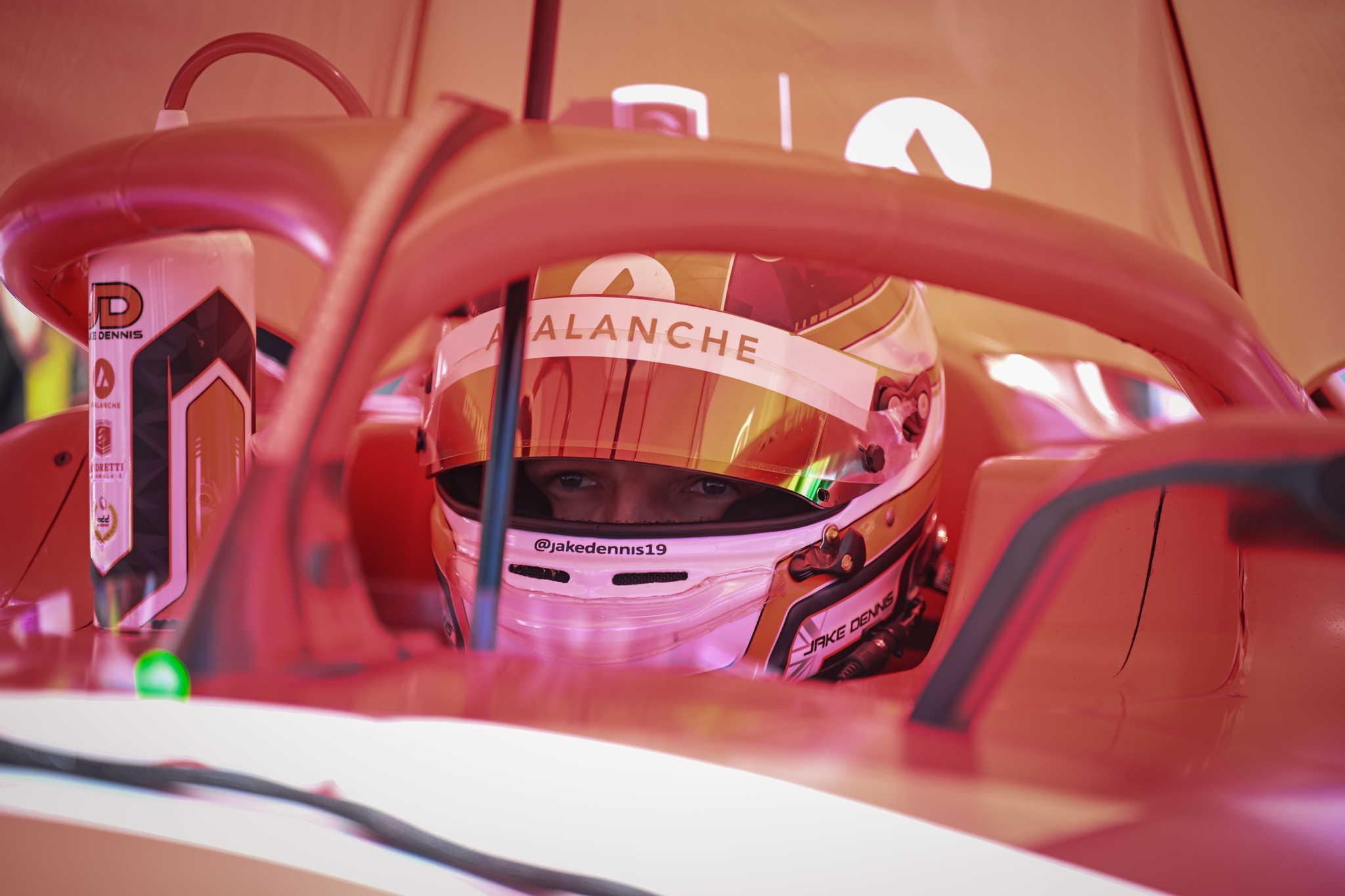
“At the front, it’s a lot better, as soon as you drop back outside of the top five it’s just mayhem so you’re always just trying to balance between fifth and the front and fifth; you drop two cars back and it’s really challenging.
“We obviously do alright with it, we’ve had five podiums in a row. I don’t mind it – but it’d be nice to have a bit of a cleaner race.”
Make no mistake – this type of racing is generally not popular with the drivers, just like the inherent characteristics of the Gen3 will not be remembered fondly by many of those that have raced them so far this season.
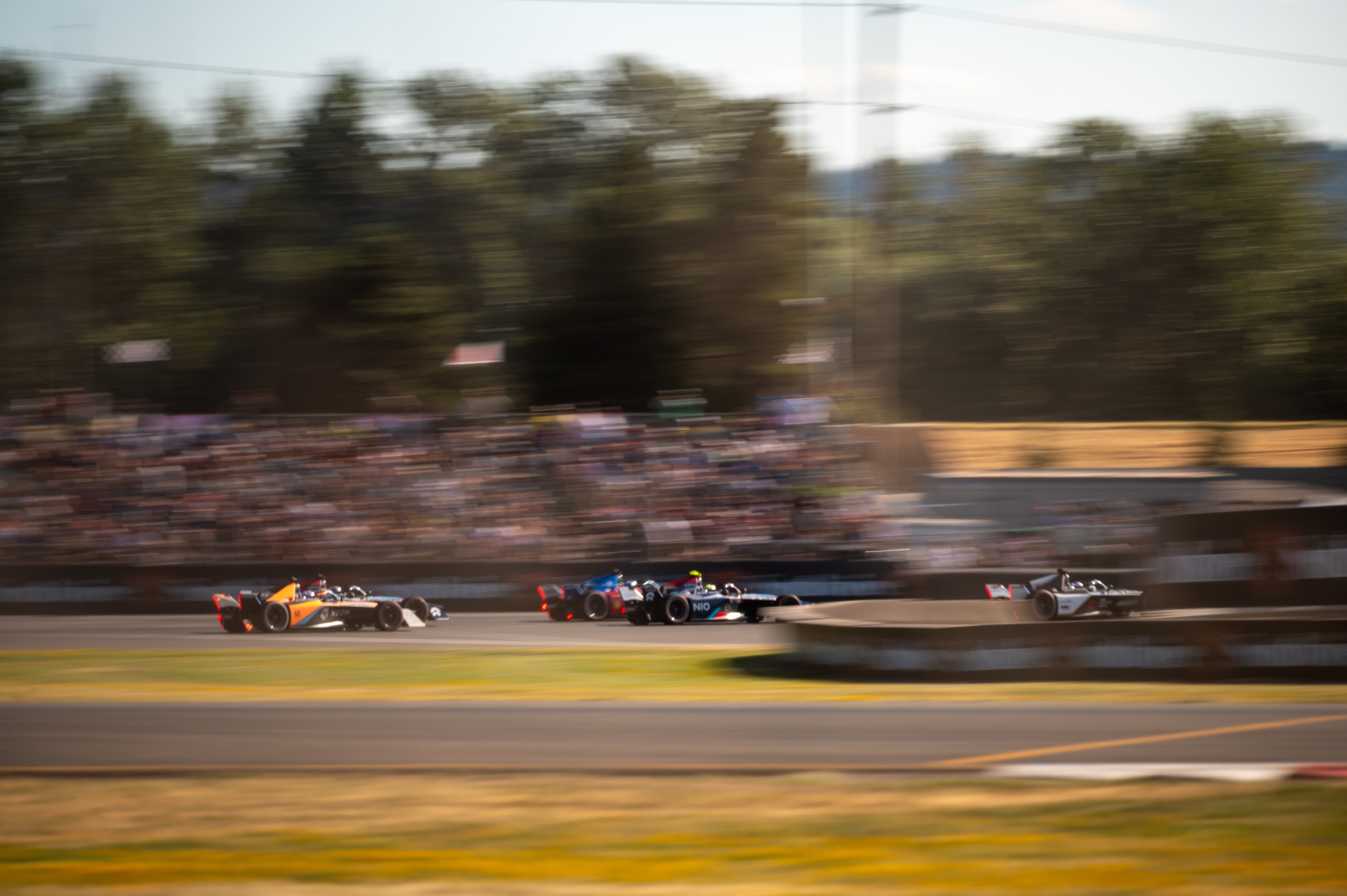
Should the drivers just shut up and get on with it? Or is it a concern for Formula E that the combination of these cars and the occasional crazy energy race can ultimately damage current and prospective drivers’ appetite, to the extent where a brain-drain of talent could be seen in the future?
These are queries that will ultimately be sorted out once the details of the driver salary cap are known, which will form part and parcel of the financial regulations from 2025 onwards. Only then will it be that this highest calibre of fields might start to malform when the driver satisfaction/driver remuneration ratio is more closely analysed.
Should the World Endurance Championship and IMSA SportsCar Championship continue to boom, then the Formula E grid might start to look very different indeed in two seasons’ time.






